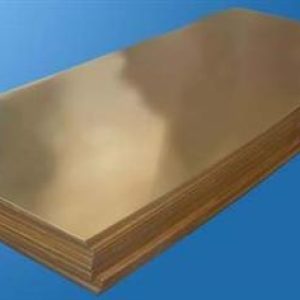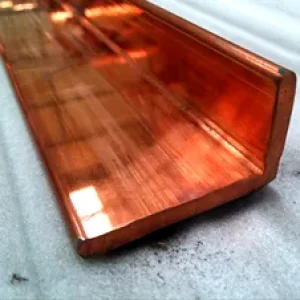Copper materials and products come in various forms, each designed to cater to specific industrial and commercial applications. Here are some common parameters used to specify different copper materials and products:
Chemical Composition: The primary parameter defining copper alloys is their chemical composition, which determines properties like conductivity, strength, and corrosion resistance. Common alloys include brass (copper-zinc), bronze (copper-tin or copper-aluminum), and nickel silver (copper-nickel-zinc).
Conductivity: Measured in percent IACS (International Annealed Copper Standard), conductivity is crucial for electrical applications. Pure copper has a conductivity of nearly 100% IACS, while alloys have lower values depending on their composition.
Tensile Strength: Expressed in MPa (megapascals), tensile strength indicates the maximum stress a material can withstand before fracturing. Ranges widely from around 200 MPa for soft copper to over 1000 MPa for some high-strength bronzes.
Elongation: Represents the material’s ductility and ability to deform before breaking, given as a percentage. Higher elongation values indicate greater formability.
Hardness: Measured using scales like Brinell, Rockwell, or Vickers, hardness influences machinability and wear resistance. Soft coppers have low hardness, whereas hardened alloys can be much harder.
Corrosion Resistance: Copper and its alloys generally offer good to excellent corrosion resistance, but specific environments (e.g., marine, acidic, alkaline) require consideration of the alloy’s specific resistance properties.
Thermal Conductivity: Important for heat exchange applications, copper has high thermal conductivity, typically ranging from 380 to 400 W/mK for pure copper.
Form and Shape: Copper products come in various forms such as wire, rod, tube, sheet, plate, foil, strip, and extrusions, each with specific dimensional parameters like diameter, thickness, width, and length.
Finish: Surface finish can be bright, polished, matte, or coated (e.g., tin-plated for solderability). Finishes affect appearance, corrosion resistance, and bonding properties.
Fabrication Characteristics: Machinability, weldability, and formability are important for manufacturing processes. Some alloys are easier to machine or form than others.
ASTM/ISO Standards: Copper materials often adhere to standards set by organizations like ASTM (American Society for Testing and Materials) or ISO (International Organization for Standardization), ensuring consistency and quality. Examples include ASTM B152 for copper sheet and plate, and ISO 15608 for welding.
Environmental Considerations: For certain applications, materials must meet specific environmental regulations, such as RoHS (Restriction of Hazardous Substances) compliance for electronics.

